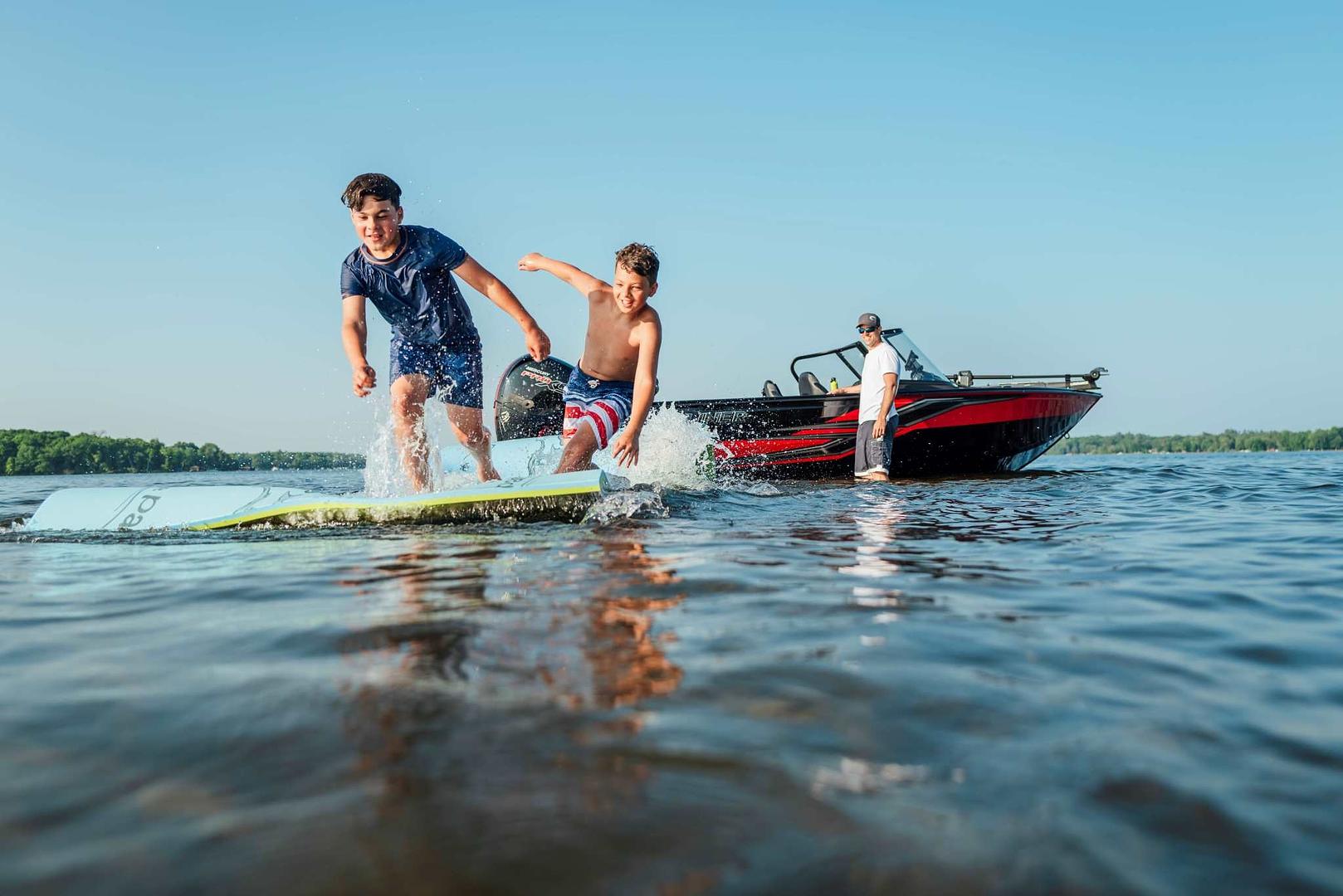
Boating Safety Tips for Kids: How Parents and Grandparents Can Keep Young Passengers Safe
Boating with children is a cherished activity for many families, offering opportunities for bonding and creating lasting memories. However, ensuring the safety of young passengers is paramount. Whether you're a parent or grandparent, understanding and implementing key safety measures can make all the difference.
1. Ensure Proper Life Jacket Usage
Life jackets are non-negotiable for children on boats. The U.S. Coast Guard mandates that children under 13 wear a Coast Guard-approved life jacket while on a moving vessel, unless they're below deck or in an enclosed cabin. For younger children, opt for life jackets with head support collars and crotch straps to prevent the jacket from riding up. Brightly colored jackets enhance visibility in the water.
2. Choose High-Visibility Clothing
The color of a child's swimwear can impact their visibility in the water. Bright, contrasting colors like neon orange, yellow, or red are easier to spot, especially in natural bodies of water where visibility may be limited. Avoid blues, grays, and other muted tones that can blend into the surroundings.
3. Stay Hydrated and Protect Against Sunburn
Children are more susceptible to dehydration and sunburn. Ensure they drink water regularly, even if they don't feel thirsty. Pack plenty of water and hydrating snacks like fruits. Apply a broad-spectrum sunscreen with at least SPF 30 before heading out, and reapply every two hours or after swimming. Consider sun-protective clothing and wide-brimmed hats for added protection.
4. Equip the Boat with a Comprehensive First Aid Kit
Accidents can happen, and being prepared is crucial. A well-stocked first aid kit should include:
- Band-aids and sterile gauze
- Antiseptic wipes and ointments
- Pain relievers suitable for children
- Ice packs
Regularly check and replenish the kit to ensure all items are within their expiration dates.
5. Ensure Proper Seating and Supervision
Children should be seated in the safest areas of the boat, typically away from the bow and stern, to minimize the risk of falling overboard. Assign a responsible adult as a "water watcher" whose sole responsibility is to supervise the children, ensuring they remain seated and follow safety protocols. Avoid distractions like mobile devices during this time.
By adhering to these safety tips, you can ensure a fun and secure boating experience for your entire family. Remember, preparation and vigilance are key to preventing accidents and ensuring that your time on the water is enjoyable for everyone.
